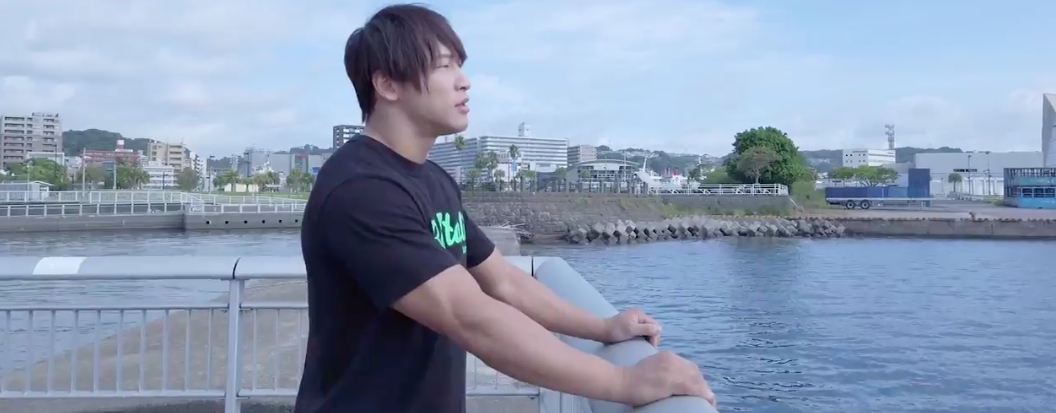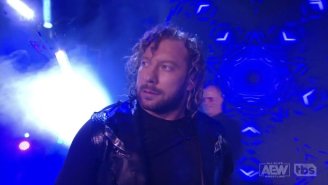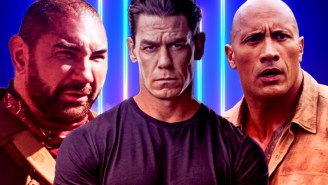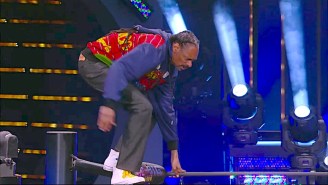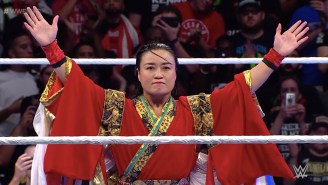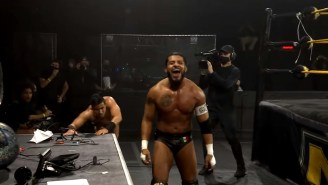New Japan Pro Wrestling recently uploaded a documentary about G1 Climax 29 called Vanishing Point to its YouTube channel and streaming service. Unlike most of NJPW’s documentaries, it has English subtitles! At just over an hour and six minutes long, Vanishing Point is a breezy watch that provides new perspectives on this summer’s G1 Climax tournament and with the added captions, it’s much more accessible to English-speaking viewers than most of the company’s behind-the-scenes content.
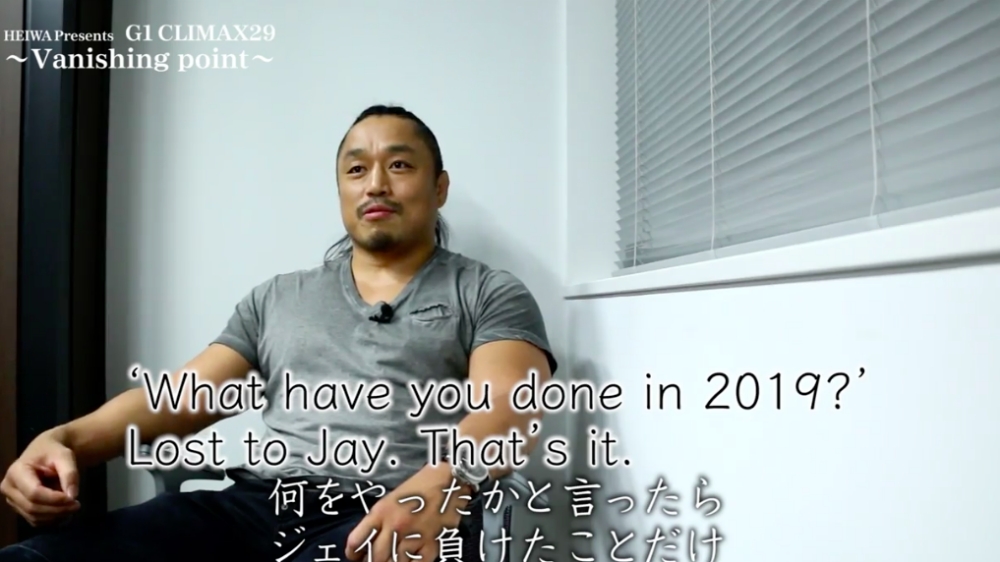
NJPW adds subtitles to all promos now but is hit-or-miss when it comes to adding English captions to things that aren’t speeches that happen in a wrestling ring or backstage at a wrestling show. A recent documentary on G1 winner Kota Ibushi doesn’t have English subtitles; a forty-minute interview with Minoru Suzuki from last summer does. (Meanwhile, the company’s most recent bonus material about English-speaking wrestlers, video packages about the Robbie Eagles vs. Will Ospreay IWGP Junior Heavyweight Championship match in Australia, were uploaded with and without Japanese subtitles.) This doesn’t get in the way of being able to follow regular New Japan programming, but it does make some of the company’s additional content much less accessible to those who don’t speak Japanese.
Since NJPW hasn’t put English subtitles on past behind-the-scenes documentaries looking back at big shows and events, like the ones about G1 Supercard and Best of the Super Juniors this year, it didn’t make sense to hold one’s breath waiting for the company to put captions on the version of Vanishing Point that was uploaded about a month ago. But then, in a cool surprise on September 30, New Japan uploaded a version of G1 29 documentary with English subtitles to both their YouTube channel and as a free video on NJPW World.
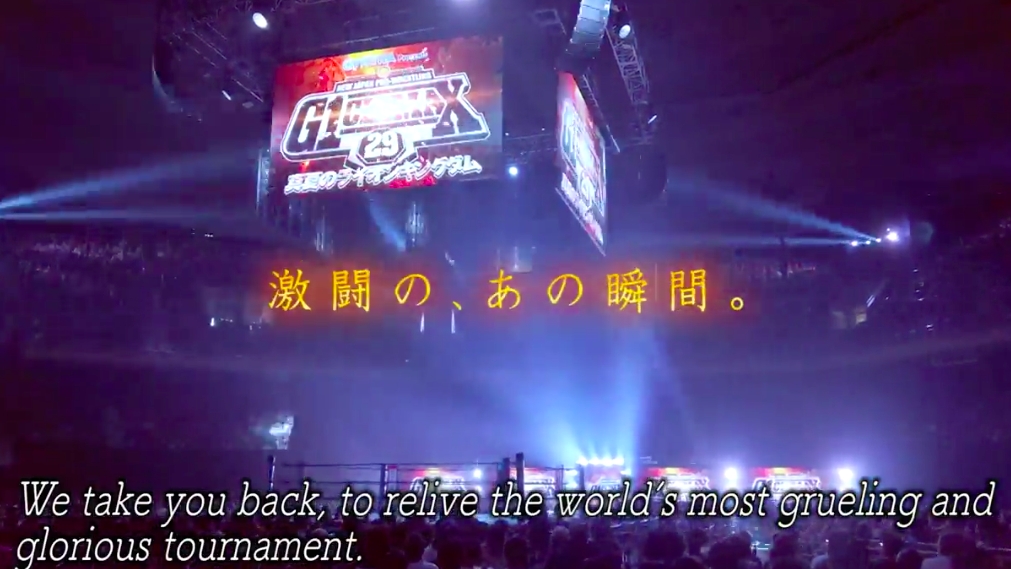
Vanishing Point looks back at “yet another brutal summer” for NJPW (for non-NJPW fans reading this out of curiosity, the G1 is “grueling” like WrestleMania is “the grandest stage of them all;” it’s essentially an accurate description, but also part of what the event is in kayfabe) and answers, in its own words, “What exactly happened at that exact moment?”
The documentary provides new perspectives on the G1 Climax 29 in multiple ways. First, it shows highlights and finishes of major matches literally from new perspectives, as shot by different cameras than used in the broadcast version of the G1. It also features talking-head interviews with half of the G1 participants: Kota Ibushi, Tetsuya Naito, Kenta, Jon Moxley, Taichi, Evil, Sanada, Will Ospreay, Hirooki Goto, and Shingo Takagi. These are in-character interviews, so don’t expect these guys to reveal how they planned out certain spots, etc., but they provide some quality in-universe behind-the-scenes insights. Highlights include:
- Ibushi talks about how he changed his wrestling style and tournament strategy to deal with the ankle injury he suffered on the opening night.
- Taichi provides some incredible backstory to Iizuka coming out and attacking Naito with a ladder before their Intercontinental Championship match in February and explains how their G1 match “was putting Iizuka to rest.”
- Jon Moxley describes the “pressure” of wrestling his first-ever main event in Japan at Korakuen Hall.
- Naito says the most “brutal” moment of his G1 was losing his gear after his match with Takagi; Taichi says it was ingesting too much of Kanemaru’s whiskey.
- In an interview that seems like it must have been filmed when he was still a babyface, Kenta talks about how he was received by NJPW fans, many of whom didn’t take kindly to this Pro Wrestling NOAH-to-WWE star coming in and beating a bunch of New Japan guys:
Outsiders aren’t really accepted easily. For better or for worse, that’s the sense I got. That said, I don’t want to pander to anyone with my style, just to be accepted. Whether you accept me or not, it doesn’t bother me particularly. All I felt strongly about doing was wrestle my way, do what I want to do in the ring.
- There’s some good Takagi-Naito friendship lore, with Naito saying he was “probably 1-100” when sparring with Takagi back when they were both at Animal Hamaguchi’s wrestling school as high school seniors. Takagi says that in the locker room after their G1 match, he told Naito, “‘It’s not going to end with me like that, so let’s do it again while we’re both in our 30s.’ He just gave that wry smile of his and didn’t say anything.” Naito says he probably just tuned that out because “That guy never shuts up in the locker room. Even when he’s by himself, he’s constantly talking.”
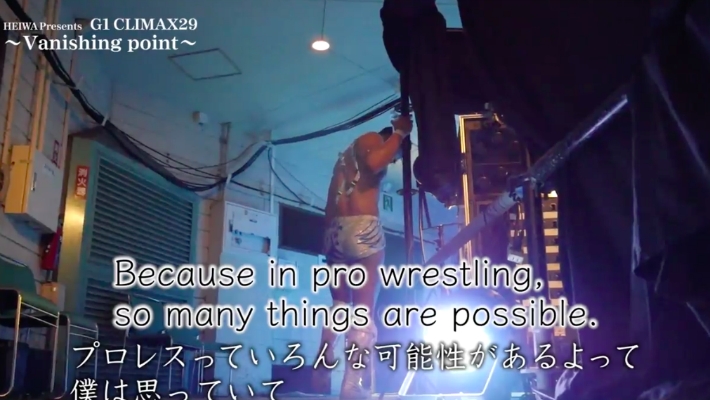
- There’s also some really good stuff from Ibushi about his biggest matches leading up to his G1 win. He talks about his emotional moment with Tanahashi after their match, when the Ace told him “You’ve already surpassed me.” Ibushi says once he beat Okada to make the final, there was nothing to do but win. “I just devoted myself to winning. Just 100% commitment… I can’t repeat what happened before.” After his G1 win, Ibushi is shown collapsing from exhaustion as he goes backstage.
- Ibushi explains his motivation for becoming a double champion:
To broaden professional wrestling, to become a talking point, to do something incredible. I want to leave my own mark as well. Holding two belts at once is a huge signal booster to my message. I’ve been wrestling these last 15, 16 years. I want to produce another big result and broaden pro wrestling in the process.
Overall, for those who want to look back at some big G1 moments and see more of these NJPW wrestlers, Vanishing Point is a worthwhile hour-and-change. The match highlights look good and the interviews are interesting, with Ibushi and Naito giving the most substantial ones but all the interviewees providing quality insights. I recommend it and hope this is the start of NJPW making this type of content more accessible to fans who don’t speak Japanese.

